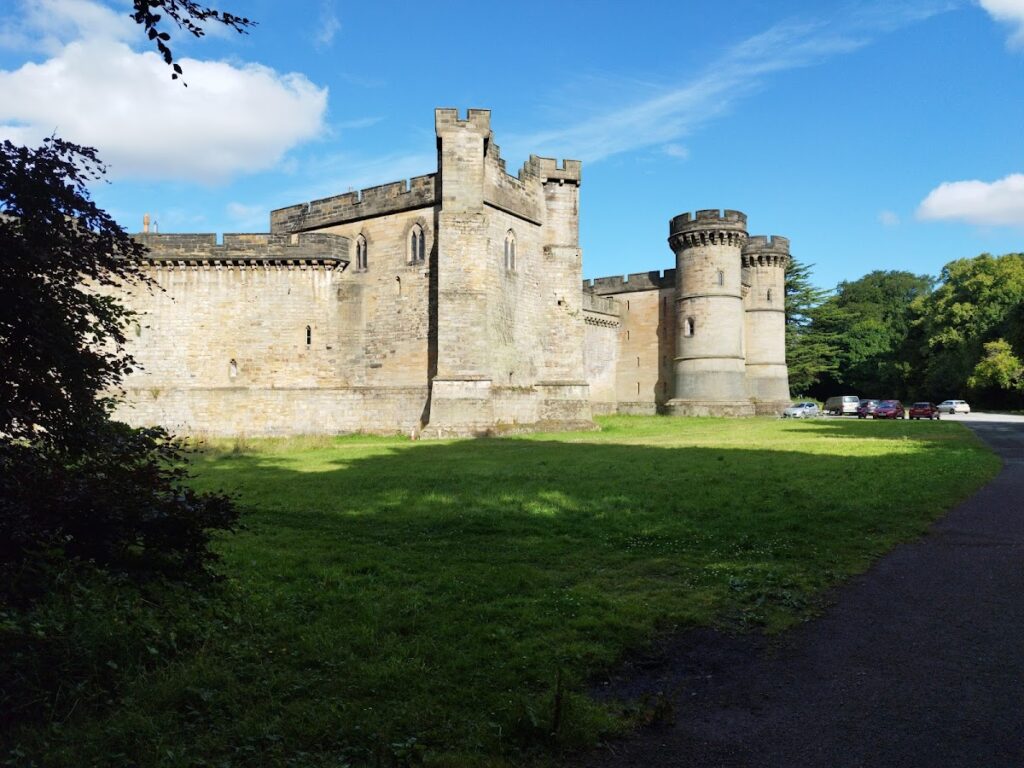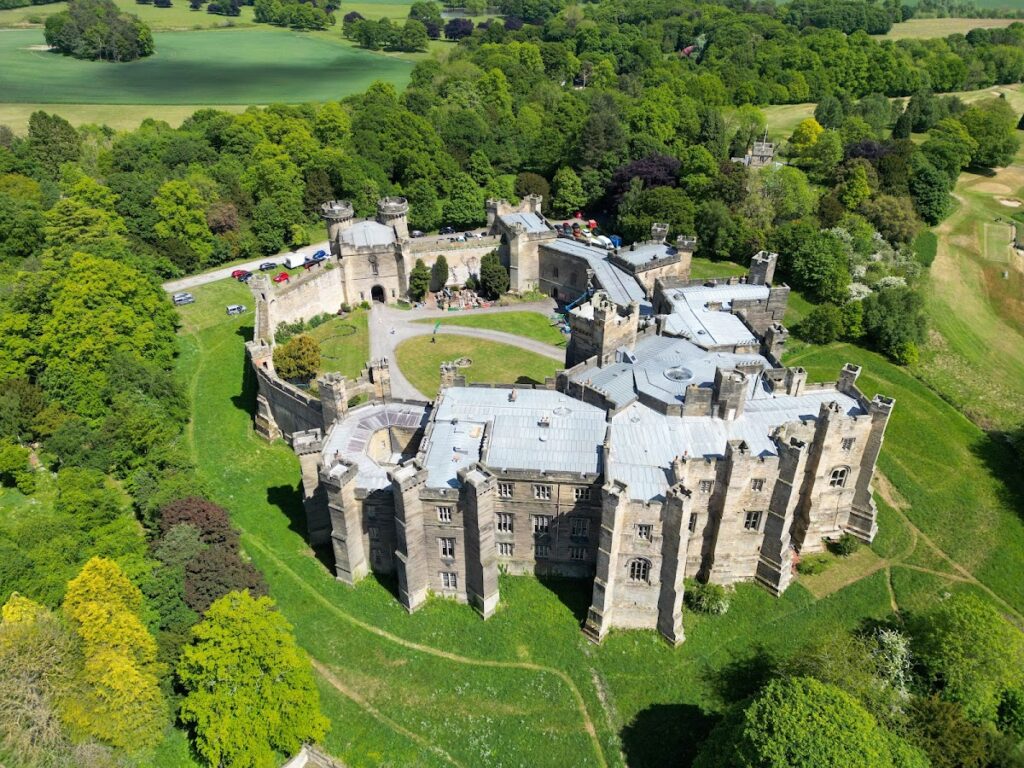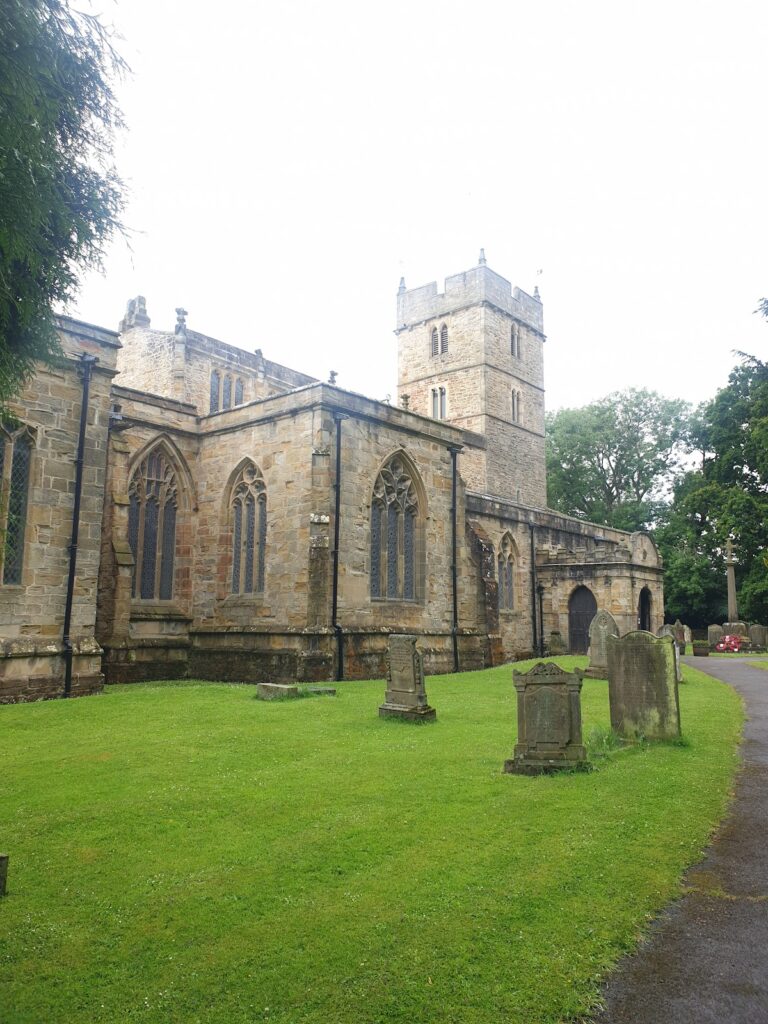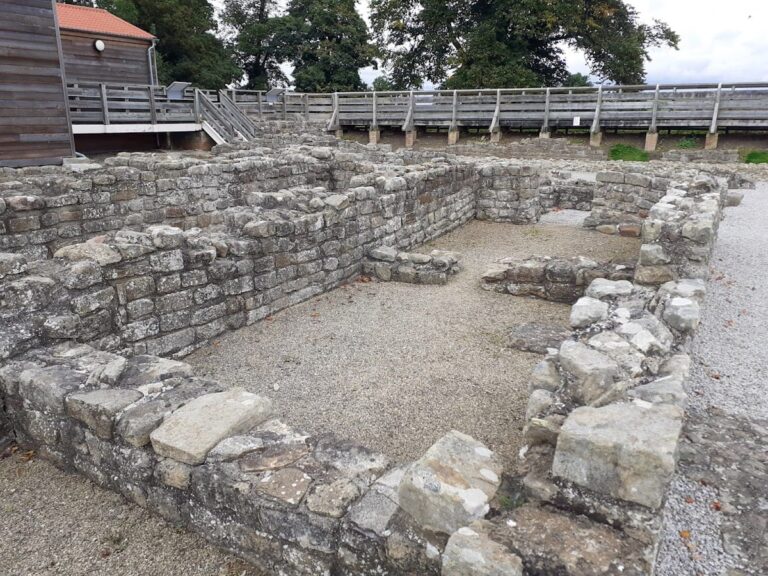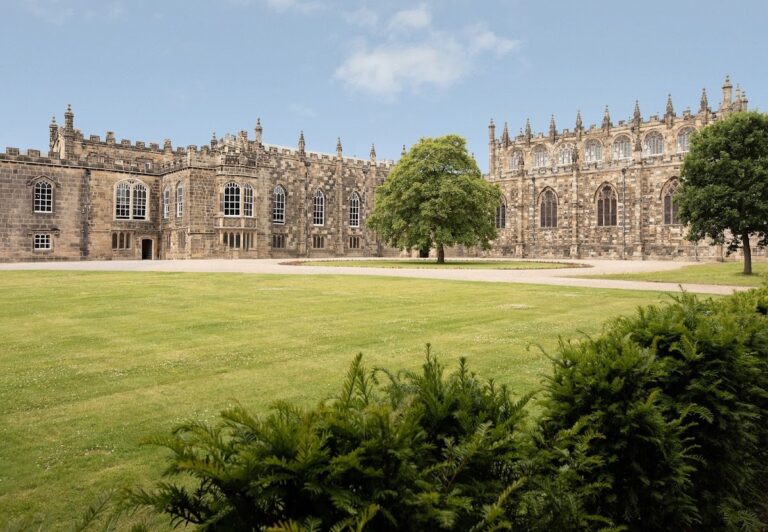Brancepeth Castle: A Historic Fortress and Cultural Venue in Durham, UK
Visitor Information
Google Rating: 4.5
Popularity: Low
Google Maps: View on Google Maps
Official Website: www.brancepethcastle.org.uk
Country: United Kingdom
Civilization: Unclassified
Remains: Military
History
Brancepeth Castle is located in the village of Brancepeth in Durham, United Kingdom. Its origins date back to the Norman period, when the Bulmer family constructed the first known castle on the site, establishing a fortified stronghold in this part of northern England.
In the late 14th century, ownership passed to the powerful Neville family, who undertook a significant rebuilding of the castle. The Nevilles retained control for many years until their involvement in the Rising of the North, a Catholic rebellion against Elizabeth I’s Protestant rule, led to the Crown confiscating the estate in 1569. This marked a turning point for the castle’s fortunes and ownership.
During the early 17th century, King James I granted Brancepeth Castle to Robert Carr, 1st Earl of Somerset. However, following a scandal involving poisoning at court, it was taken back by the Crown. The castle changed hands again in 1636 when Ralph Cole of Newcastle purchased the property. His grandson, Sir Ralph Cole, 2nd Baronet, later sold the estate in 1701 to Sir Henry Belaysyse. Notably, the Belaysyse family had a connection to the song “Bobby Shafto,” a traditional English ballad said to be inspired by Sir Henry’s daughter.
The castle entered a new phase of development after its acquisition by William Russell in 1796. Russell was a prosperous banker and mine owner whose son, Matthew Russell, served as a Member of Parliament for Saltash. In the 1820s, Matthew commissioned architect John Paterson to carry out an extensive reconstruction, reshaping the castle into the form it largely holds today. Midway through the 19th century, further improvements were made by Anthony Salvin, a leading architect of the time, for William Russell, who was High Sheriff of Durham in 1841.
In the 20th century, Brancepeth Castle adapted to new roles beyond private residence. During the First World War, it functioned as a hospital for recovering patients from nearby Newcastle General Hospital. As the Second World War began, the castle became the regimental headquarters for the Durham Light Infantry. To support military activities, a large camp with over 100 huts was established just south of the village. After the regiment’s departure in 1962, the castle eventually passed into private ownership.
Since 1978, the Dobson family has cared for Brancepeth Castle. Margaret Dobson acquired it initially to provide storage for her husband’s publishing business and took on significant restoration work, including replacing a lead roof that had been removed by a previous tenant. The castle’s principal rooms were refurbished to accommodate public events, and it has hosted auctions, craft fairs, and theatrical performances, particularly Shakespearean plays staged in the main courtyard. Margaret Dobson’s stewardship lasted until her passing in 2014.
Remains
Brancepeth Castle presents as a large historic complex shaped predominantly by 19th-century rebuilding efforts. The principal structure derives its current appearance from the designs developed by John Paterson in the 1820s, with mid-century enhancements by Anthony Salvin. These phases involved the use of traditional stone construction typical of English country houses transformed from medieval castles, creating a visually impressive building recognized today as a Grade I listed site, signifying exceptional historic and architectural importance.
The castle is set upon slightly elevated terrain, approximately 108 meters above sea level, within a gently undulating landscape covered in low vegetation. Its layout includes a central courtyard, open to events such as theatrical performances, which reflects the courtyard arrangements common in manor houses and castles. The stone edifices surround this courtyard, maintaining the sense of an enclosed, protected space.
Extensive restoration by the Dobson family addressed critical elements of the building’s fabric. One notable project involved repairing the lead roof, which had been previously removed under earlier tenancy, exposing the castle to the elements. Other principal reception and function rooms were carefully refurbished to support their use for community and cultural activities.
During the Second World War, the castle’s military role was supported by the construction of a large camp nearby, consisting of over one hundred huts. This camp lay to the south of the village and served the Durham Light Infantry stationed at Brancepeth. Though these structures were separate from the castle itself, their presence reflects the broader historic footprint of the site in 20th-century military history.
An intriguing archaeological find was made within the castle’s cellar, where a collection of French political posters dating from 1968 was uncovered. These posters gained attention and were featured in a BBC television program in 2019, adding an unexpected modern historical layer to the castle’s long timeline.
